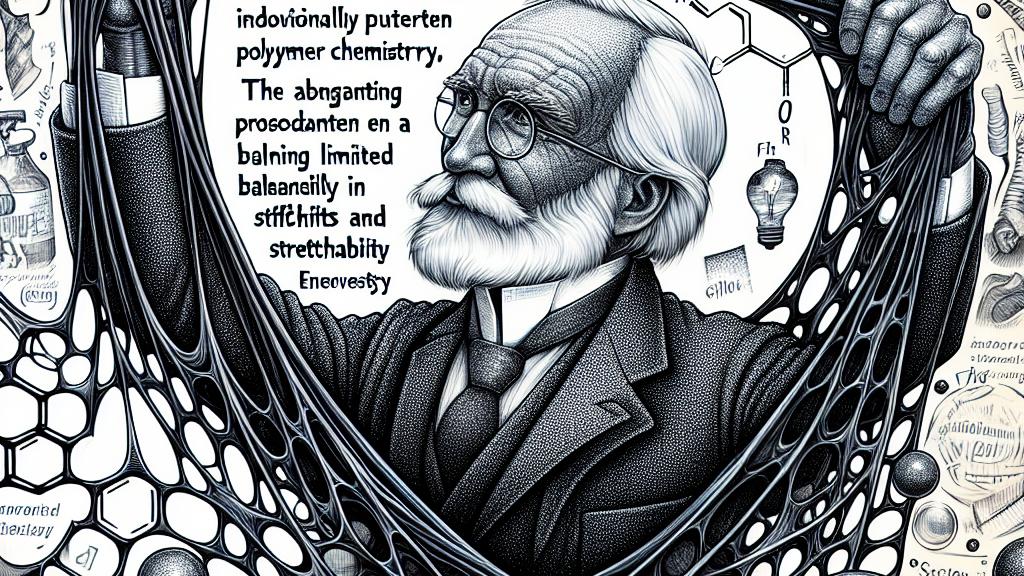Advancements in Polymer Design for Enhanced Stretchability and Stiffness
Overview
- Groundbreaking research at the University of Virginia redefines polymer properties by enabling independent control of stiffness and stretchability.
- Innovative 'foldable bottlebrush' polymers stretch up to 40 times their original length, setting a new benchmark in material science.
- Applications are poised to revolutionize sectors such as healthcare, robotics, and wearable technology, demonstrating vast potential.

A Revolutionary Polymer Design
It's truly exciting to witness advancements in polymer engineering, especially coming from the University of Virginia (UVA). Imagine a long-standing problem that has stumped scientists for nearly 200 years—the balance between stiffness and stretchability in polymers. Traditionally, increasing stiffness has almost always meant reducing stretchability. But now, thanks to the ingenuity of Liheng Cai and his brilliant team, we are being introduced to 'foldable bottlebrush polymer networks.' This innovative concept doesn’t merely tweak existing ideas; it boldly reimagines what polymers can do! Much like the wave of innovation sparked by the creation of vulcanized rubber in the 1830s, this development stands to reshape industries and enhance countless applications.
Unpacking the Mechanics of Innovation
So, how does this cutting-edge polymer work? Picture it as a bottlebrush: instead of the traditional linear strands one might expect, this polymer features a central backbone surrounded by flexible side chains. This unique architecture creates an astonishing ability to stretch—think of it as an accordion that expands and contracts with remarkable fluidity. This design allows for an incredible stretch capacity of up to 40 times its original length! In contrast, conventional polymers simply can’t stretch without suffering damage. By strategically focusing on the molecular design rather than merely increasing the number of crosslinks, the UVA team has unlocked a world of possibilities, merging strength with flexibility in ways previously thought impossible.
Transformative Real-World Applications
The potential applications of this research are both thrilling and diverse. For instance, imagine prosthetic limbs that function with the same fluidity as a natural arm, bending and adapting effortlessly to the user's movements. Or consider the implications for soft robotics, where these polymers could create devices that mimic natural motions, enhancing their functionality in real-world scenarios. Beyond that, the customization of side chains grants the capability to adjust properties such as temperature sensitivity and biocompatibility. This versatility means we can design materials tailor-fit for everything from advanced medical devices to sleek wearable electronics. With every application, this breakthrough promises not just to enhance existing technologies but to create opportunities for entirely new innovations, placing us on the precipice of an exciting future in materials science.

Loading...